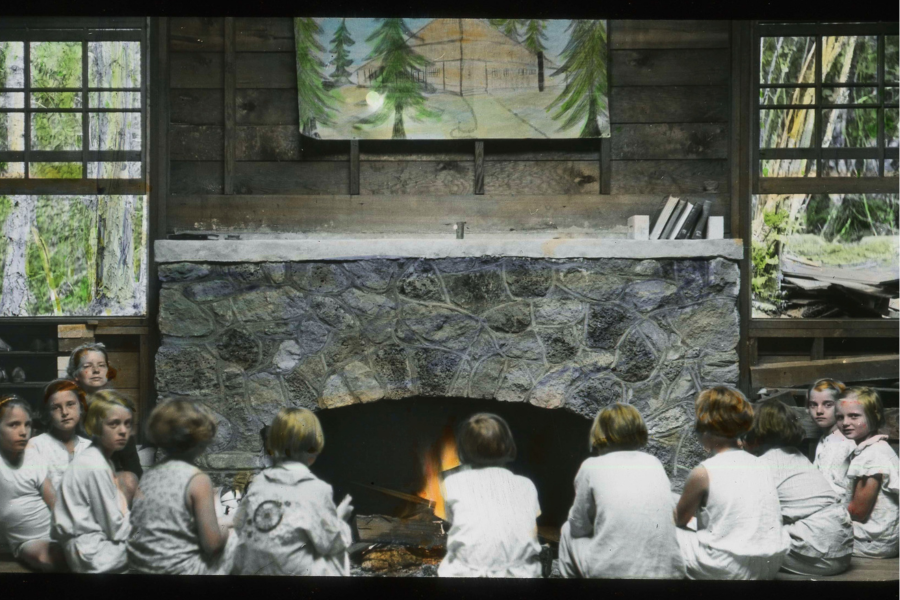Camp Namanu Receives Designation as National Historic District
Serving as a Beacon of Community, Inclusivity, and Education Since 1924, Camp Namanu Now Officially Woven into the Fabric of Oregon’s Cultural and Historical Landscape
In March 2024, Camp Namanu, a pioneer in outdoor education, experiential learning, and its commitment to inclusivity and diversity, was officially recognized as a National Historic District in the National Register of Historic Places! This designation honors the rich history and cultural significance of the camp, which has served as a beloved summer retreat since its founding in 1924 by the Camp Fire Girls organization.
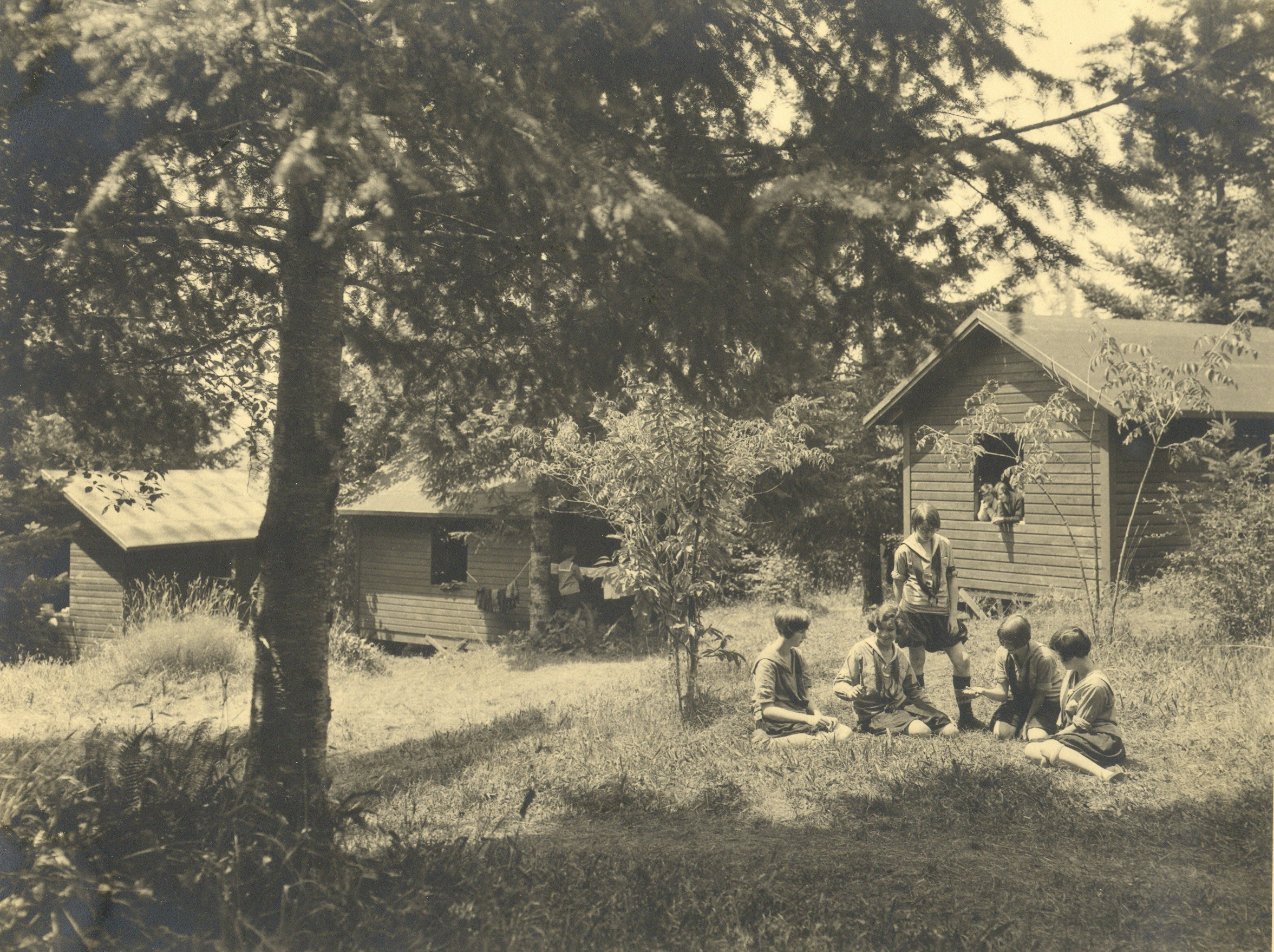
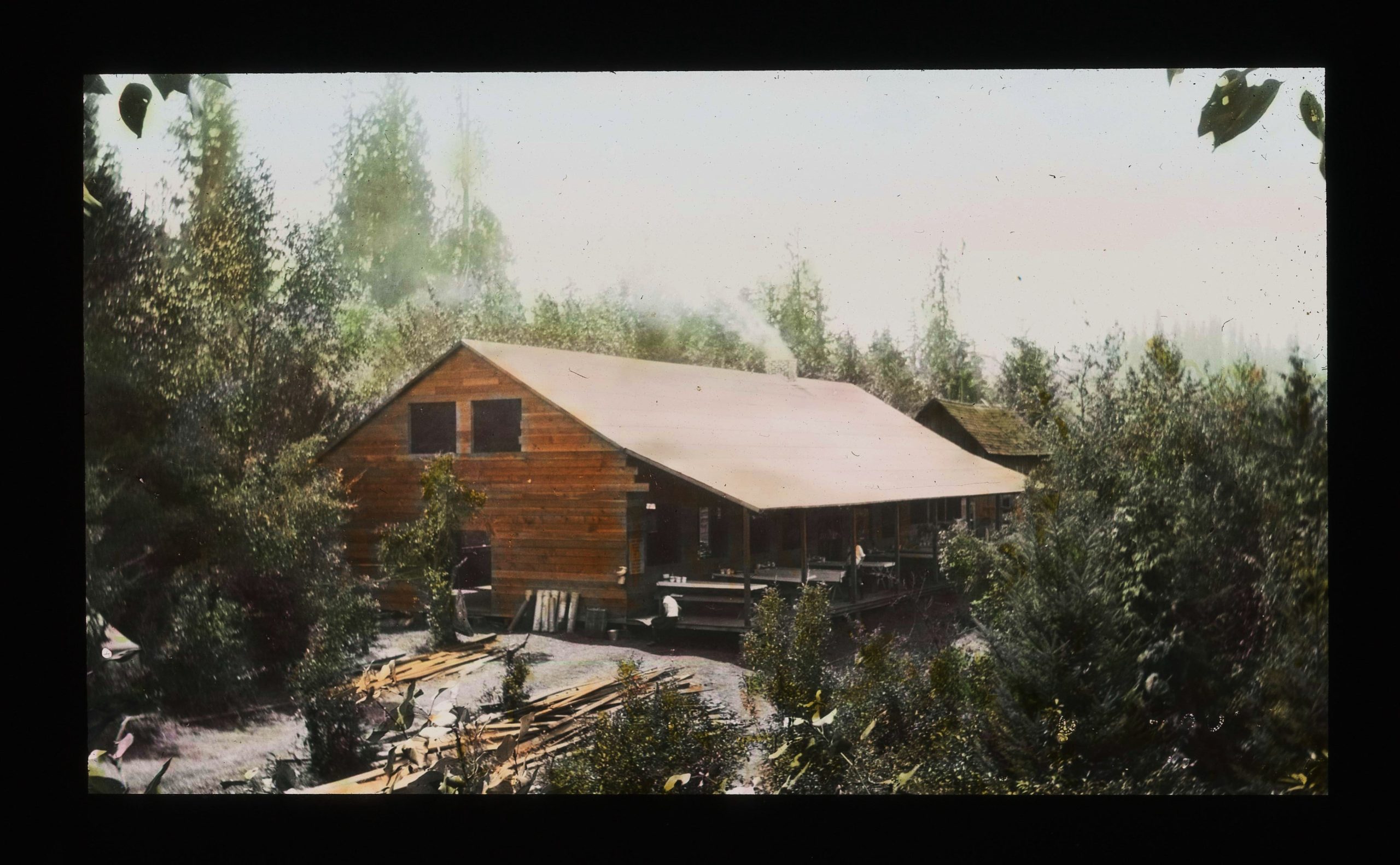

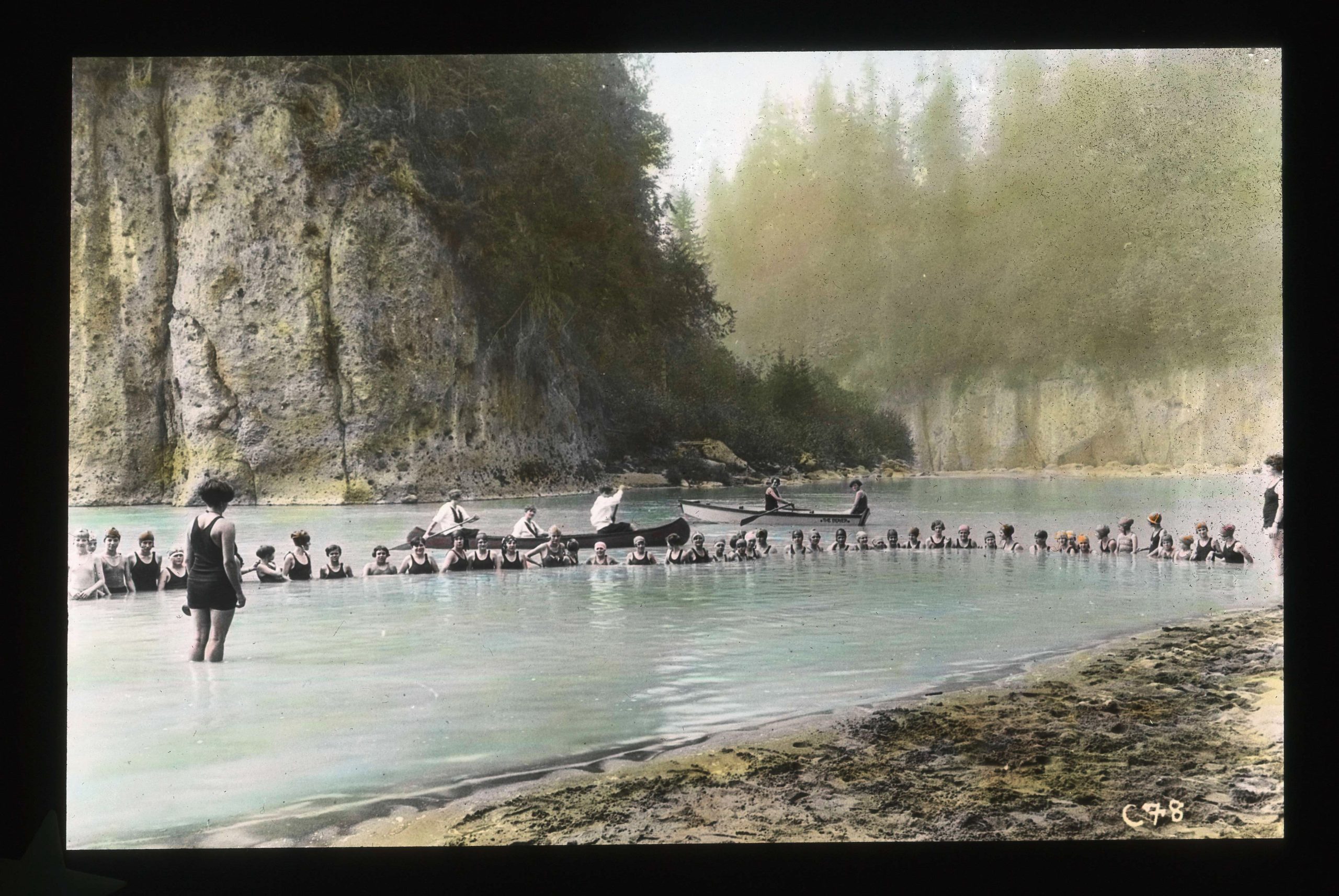
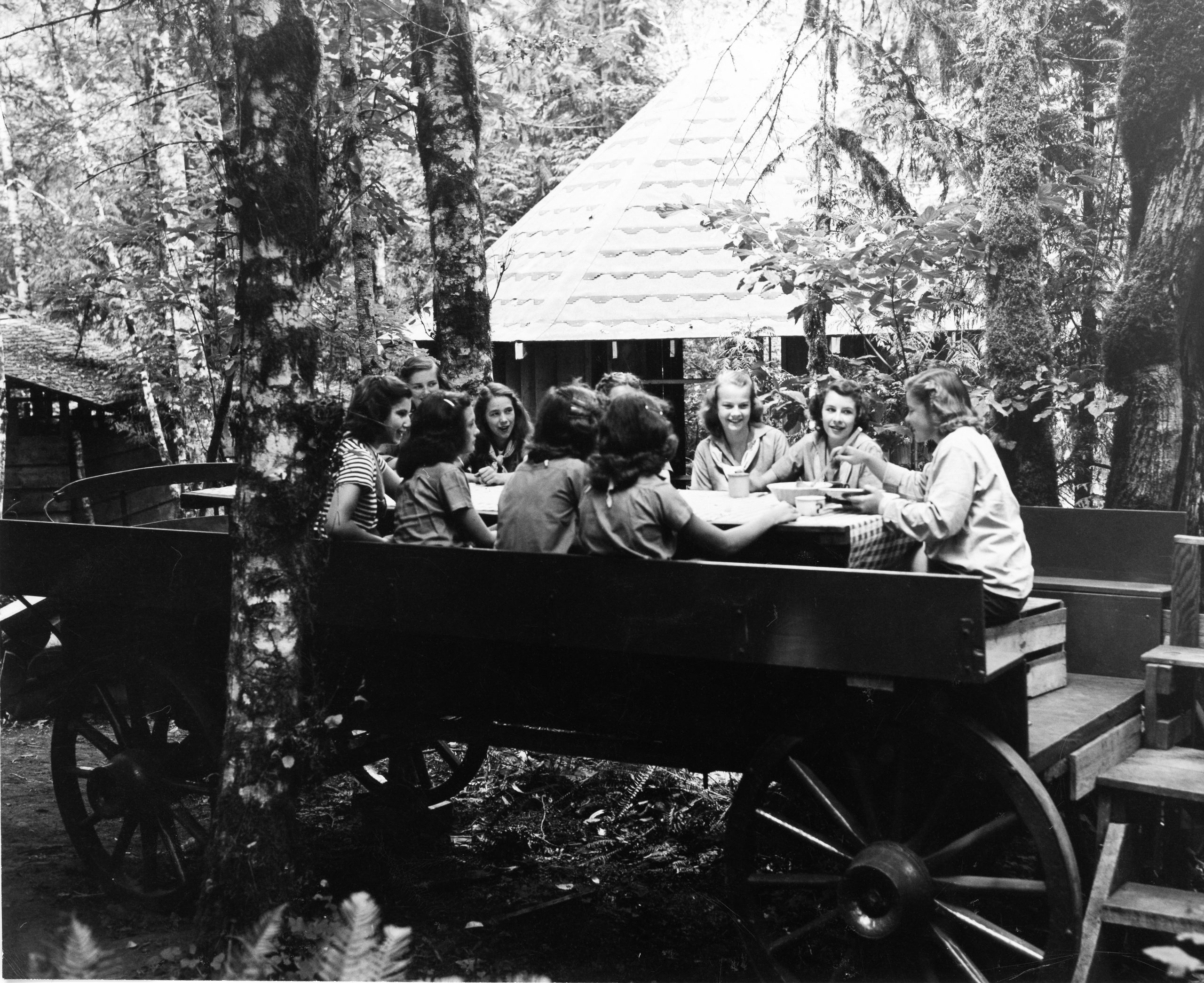
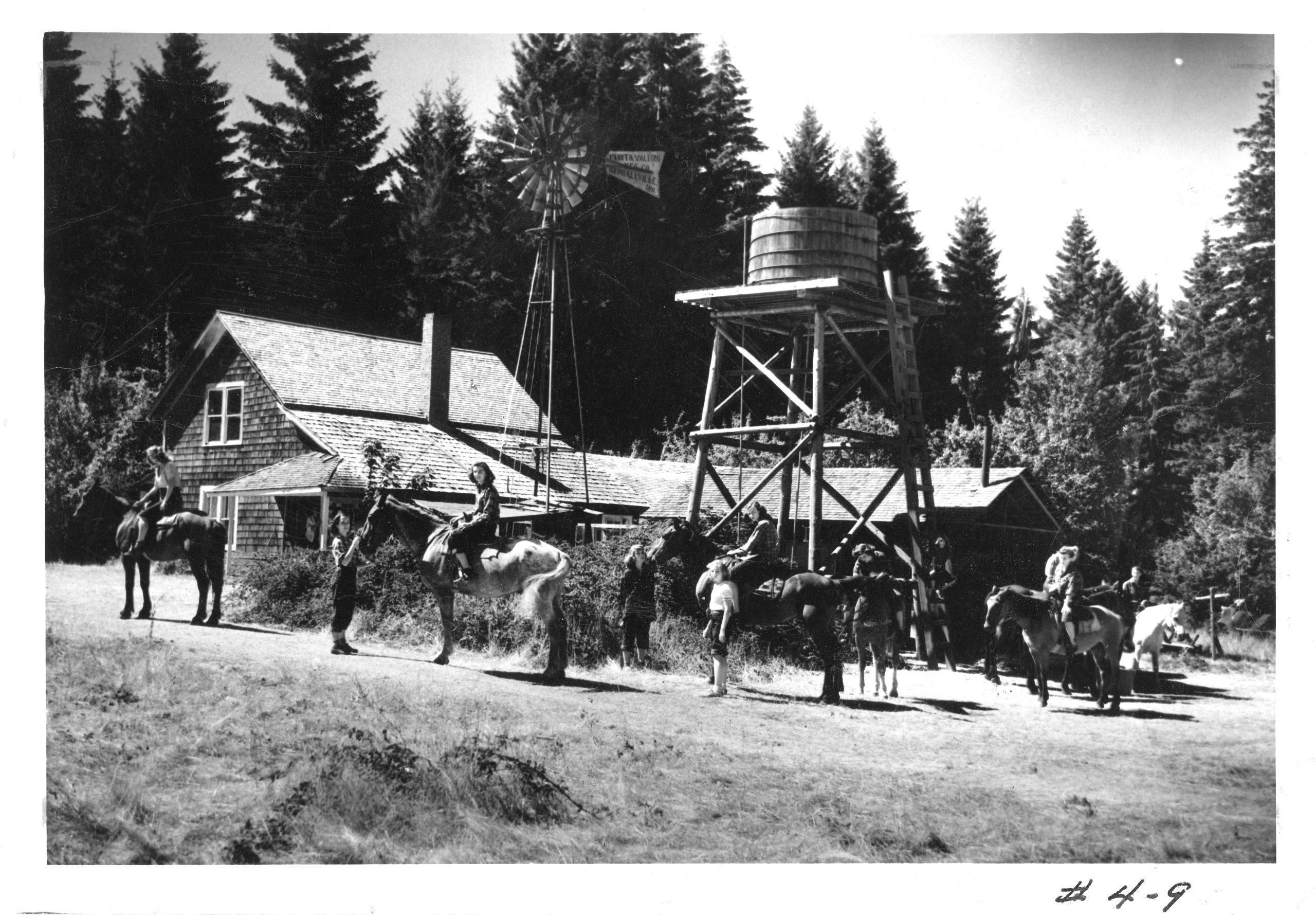
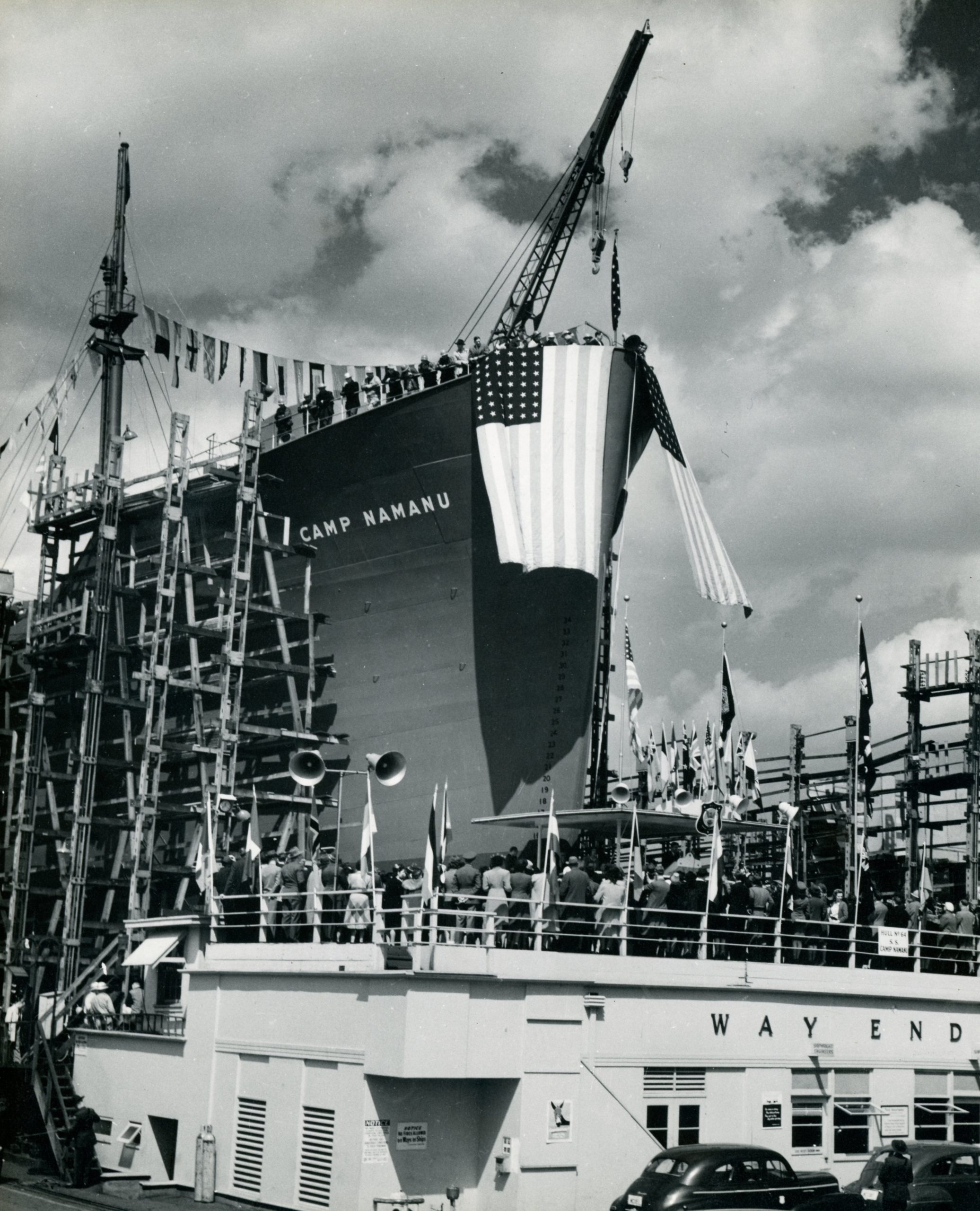
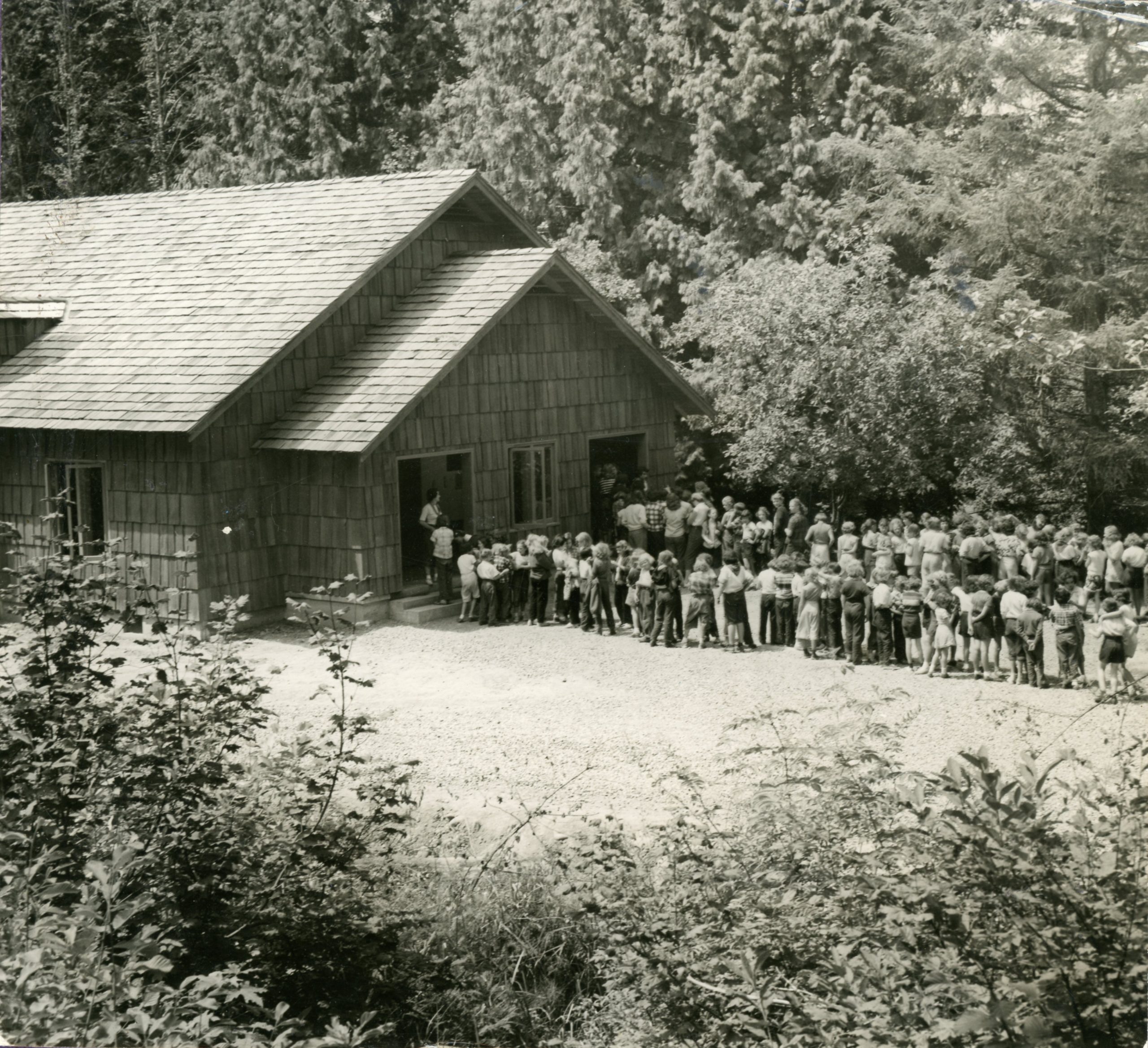
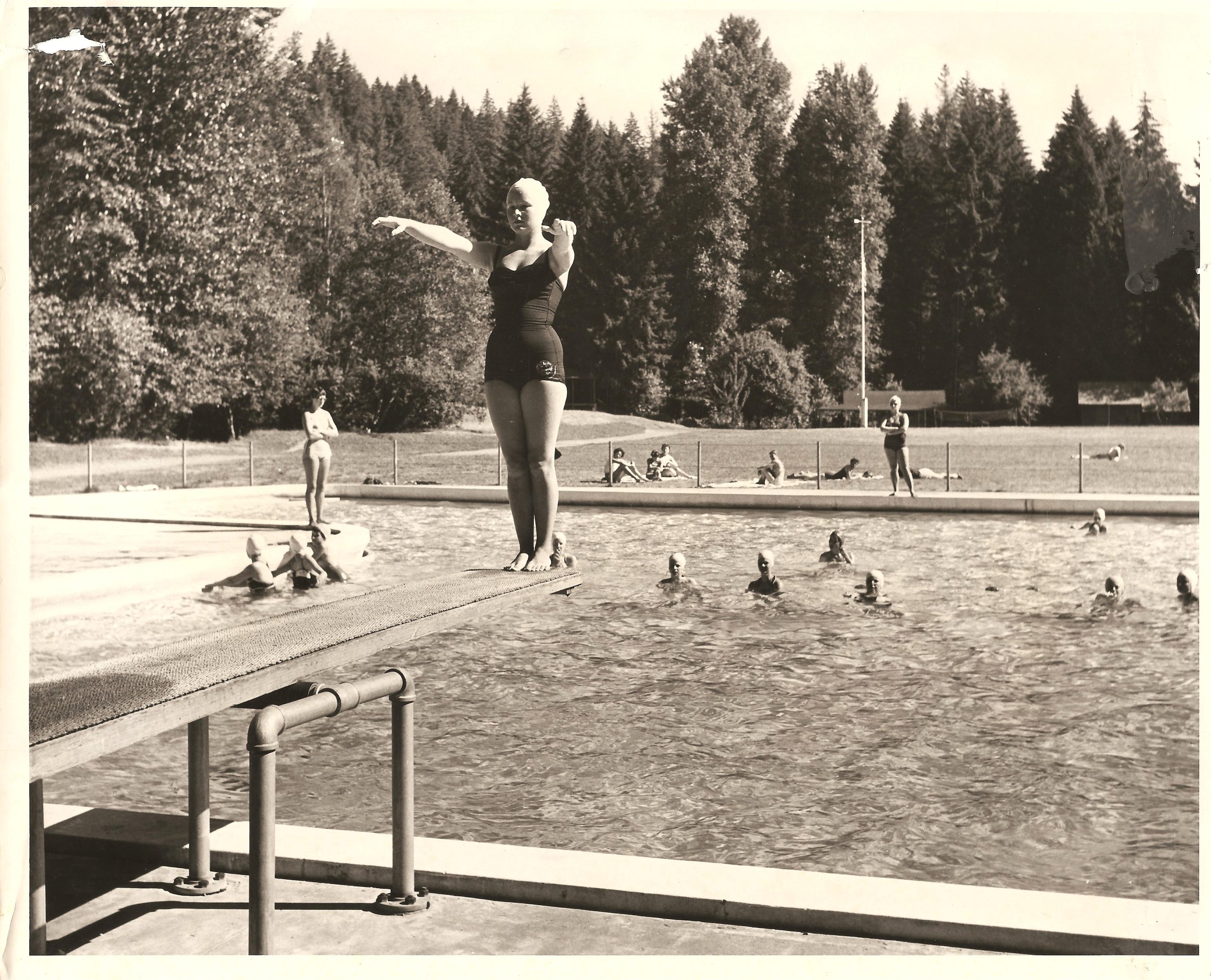
Oregon's Cultural Heritage Passed Down from One Generation to the Next
Generations of Oregonians have fond memories of summers spent at the camp, forging lifelong friendships, and experiencing the transformative power of nature. Nestled along the picturesque Sandy River in Clackamas County, Camp Namanu’s nurturing environment immerses campers in the natural world. The camp's design blurs the lines between built structures and the surrounding landscape, reflecting a commitment to fostering meaningful interactions between people and their environment. The designation of Camp Namanu as a National Historic District highlights its significance not only as a physical space but also its impact beyond its grounds to shape the lives of countless Oregonians who credit their experiences at Namanu with instilling in them a sense of confidence, resilience, and environmental stewardship.
“Camp Namanu is near and dear to the hearts of thousands of people, and the desire of the staff and board to protect the place in perpetuity was the driving force behind getting the designation,” says Janette Kunkel, Executive Director of Camp Fire Camp Namanu. “As we embarked on the designation process, the re-engagement from many people in the community stirred excitement and commitment, giving us the momentum and support to complete the designation.”
100-Year Legacy of Blending Architecture Seamlessly with the Landscape
The newly designated historic district encompasses 70 contributing buildings, including lodges, cabins, community buildings, sites, and structures. As discussed in the camp’s 85-page National Register of Historic Places nomination, the pervasive aesthetic and characteristics of a Pacific Northwest forest environment are evident in all of the features that contribute to its historic character. Some buildings and structures, like the sleeping cabins and the grand entrance, are designed to complement and blend with the landscape, while others, like the campfire circles and roads and paths, are minimally designed and engineered to blend into the natural character of the environment.
The campus was thoughtfully developed over decades to serve multiple functions for all ages while preserving the camp's distinctive character. For example, the camp’s first multi-purpose lodge, Uncle Toby’s Story House, designed in 1932 by world-renowned architect Pietro Belluschi in the rustic style, and the three “Work, Health, and Love” Sequoia trees planted along the west side of the campus’s central meadow in 1959, blur the distinction between what has been typically thought of as natural and historical. They help define Camp Namanu’s unique cultural landscape. These elements not only add to the camp's historic significance but also highlight the intricate relationship between generations of campers and the natural world.
To support its preservation efforts, Camp Namanu's leadership relied on the help of two leading preservation organizations, MIG and Restore Oregon, ultimately resulting in the historic designation. For guidance and technical expertise, Camp Namanu partnered with MIG to write and document the camp’s cultural and built history for the designation. MIG utilized a cultural landscape methodology to identify the site’s contributing and non-contributing features, an approach that is less common for National Register nominations but that captured the landscape’s distinctive collection of rustic buildings and other elements that blend with their forested setting. “My love of landscapes first sprouted at Camp Namanu in my formative years, so it’s fitting to have come full circle and be involved in the process of listing such an iconic historic district. Comparatively, with other states, very few of Oregon’s cultural landscapes have been recognized in this way, so while an endeavor like this can be complex, I hope many others follow and receive similar recognition and distinction. This listing would not have been possible without my colleagues, Eleanor Cox and Casey Howard,” said Laurie Matthews, FASLA, Director of Preservation Planning and Design at MIG.
Camp Namanu History: 100 Years of Working Towards Diversity, Equity, and Inclusion
In addition to architecture and landscape architecture, the National Register designation recognizes Camp Namanu’s history of social progress in its significance statement. As one of the earliest camps for girls in Oregon, Camp Namanu represents the regional expansion of the youth summer camp movement that began in the 1880s and changed course during the Progressive Era when the Camp Fire Girls organization formed with the expressed intention to include young girls in the summer camp tradition. The Camp Fire Girls National Organization continued its history of breaking barriers when it issued its first inclusion policy in 1948, stating that Camp Fire "must strive to give girls of all minority groups an opportunity to participate fully." In 1975, the Camp Fire national organization became co-educational and removed "Girls" from its name. Boys were welcomed as campers at Camp Namanu in 1979, and Camp Fire Girls signs were removed from camp to reflect this inclusive approach. The Camp Fire national organization formally affirmed all sexual orientations in 1991, further solidifying its commitment to inclusivity and diversity.
Since 2018, Restore Oregon has collaborated closely with camp staff, its Board of Directors, and preservation consultants to navigate the complex process of achieving National Historic District status through its Preservation Together Program, which provides Oregonians with free consulting advice to help them save and reuse historic places. “Camp Namanu holds a special place in Oregon's history due to its commitment to inclusivity and diversity,” says Nicole Possert, executive director for Restore Oregon. “From its inception, the camp welcomed campers from all backgrounds, breaking down racial and socioeconomic barriers. This commitment to inclusivity was particularly notable during a time of segregation and discrimination, making Camp Namanu a trailblazer in promoting equality and social justice. We commend their efforts to plan for its preservation and future use, ensuring that Camp Namanu will remain a cherished part of Oregon's history for generations to come."
A Bright Future for Camp Namanu
Future phases are planned for Camp Namanu, including preservation efforts for the four Belluschi-designed buildings included in the historic district. Camp leadership just completed building eight new Sherwood sleeping cabins to increase capacity for both summer camp and Outdoor School. Plans are in the process for a Sherwood Lodge and a revamp of Raker Lodge. Namanu became an independent 501(c)3 non-profit in late 2023 to protect the property, and fundraising efforts are in place to continue the preservation and improvement. The summer program continues to be run by Camp Fire Columbia.
A Centennial Celebration
Oregonians can revisit camp memories and celebrate the camp’s centennial birthday at the Oregon Historical Society’s exhibit, “Camp Namanu, A 100-Year Journey Toward Inclusion,” which runs now through June 9th.


